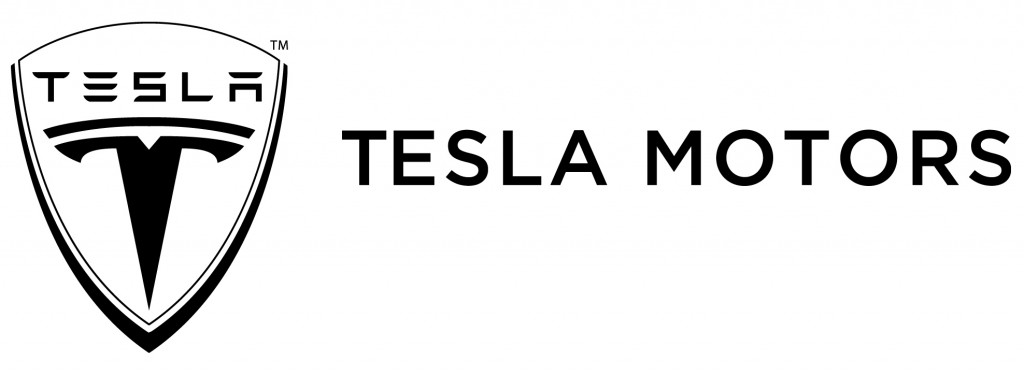It was recently announced that Tesla Motors will build a Gigafactory in Nevada, but as of a few days ago, the land officially belongs to the company. The Gigafactory will be completed by 2020, but production will start in 2017 to build lithium battery packs—cutting battery cost by 30%. In addition, Tesla Motors has encountered tremendous success not only with its stocks but growth rate as well. In the article, Tesla Motors Inc’s Secret Growth Weapon — Hint: It’s Not Cars, Adam Galas states, “Tesla has enjoyed a remarkable 158% compound annual growth rate over the past three years. While that growth rate isn’t sustainable, analysts are still expecting sales to increase 55% this year and 62% in 2015”. Tesla Motors success is due to cars, but other factors are included as well. First, the car company is going to produce 500,000 lithium-ion battery packs a year starting in 2017, and it hopes to cut battery costs by 30%, then up to 50% in 2020.
In addition, Tesla Motors is using energy storage which is projected to be a 50 billion dollar market by the time the Gigafactory will be completed in 2020. Galas also suggests that, the “Gigafactory may be able to manufacture batteries not only for Tesla’s electric cars, but consumer electronics as well. Better yet, there’s a very good chance that Tesla and Panasonic could manufacture these consumer electronic batteries at a cost that makes them ultra-competitive for use in laptops, smartphones, and tablets”.
Not only does Tesla Motors have a great reputation by reducing battery costs, Tesla satisfies its customer needs in several ways. Elon Musk, Tesla’s CEO, has promised to build car Superchargers across the United States so that only Tesla owners can drive around the country without worrying about their car battery. Furthermore, Tesla Motor has partnered with U.S Bank to reduce monthly payments by 25%. The average monthly payment of a customer is anywhere from $780 to over $1,200. Tesla Motors is using this as an incentive to reach their goal of selling at least 17,500 cars this year.
Tesla motors has had success for several reasons. It has proved to have a good reputation, met industry standards, and each car proves to have useful life and be reliable.
Do you agree with these reasons of Tesla’s success? Do you think that the success will last? What do you think makes Tesla different than the other competitors? Also, what do you think of Tesla building the $5 billon Gigafactory?
Sources:
http://online.wsj.com/articles/tesla-unveils-lower-cost-lease-plan-1414427518

